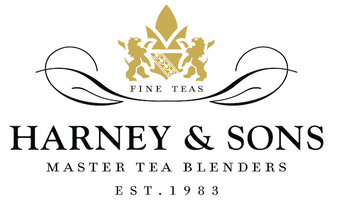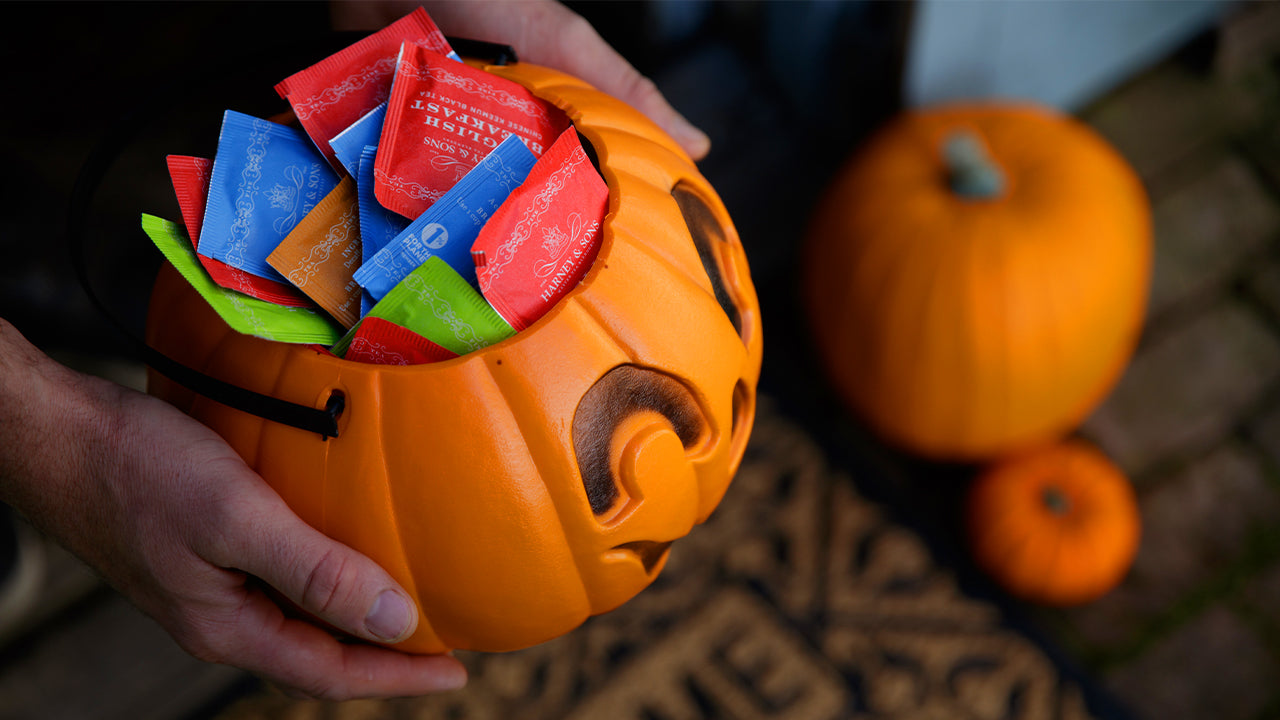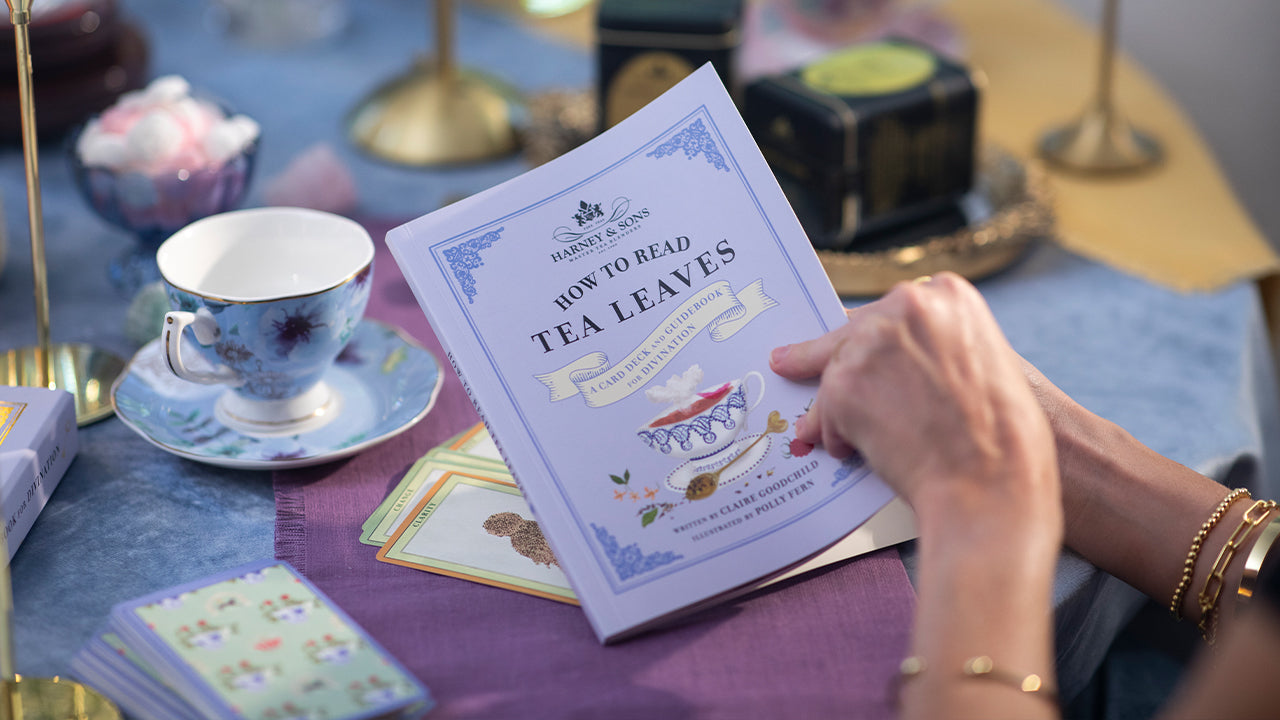Most of us view tea as harmless: a daily dose of calm, a burst of energy, and even a boost to our well-being. While that’s all true, there’s a hidden side of tea history that tells a slightly different story. This simple leaf has sparked riots, fueled smuggling empires, inspired espionage worthy of a spy novel, and even became the perfect disguise for a murderer’s poison. Pour yourself a cup and prepare for some of the strangest tales in tea history.

The Bricks That Built Alliances
If you can believe it, there was once a time when tea was so valuable that you could pay someone with it. A brick of tea, to be more specific. During the Song Dynasty (960–1279 CE), tea leaves were pressed into bricks so valuable that they became a form of currency and a commodity that the government could even collect as tax. These bricks were crafted from lower-quality tea leaves, stems, and twigs that were then steamed and pressed into molds, often marked with cultural symbols or decorative patterns.
China’s neighbor to the East, Tibet, considered tea a vital commodity, essential for daily sustenance and cultural practices. The Song government engaged in trade with Tibetan tribes, exchanging tea for horses, which were crucial for military purposes. This barter system was formalized through the establishment of the "Tea and Horse Road," a monumental yet often forgotten trade route that facilitated the exchange of tea for horses between China and Tibet.
In Mongolia, China’s northern neighbor, tea bricks were often valued more highly than coins, serving as the preferred form of currency for trade and daily life. Nomadic communities valued tea not only for its utility as a beverage but also for its compactness and shelf life, making it ideal for trade. These journeys could stretch over several months as caravans wound their way across steep mountains, treacherous rivers, and windswept plains, braving harsh weather and rugged terrain to deliver the precious tea bricks.

The Great British Tea Heist
By the mid-19th century, tea was more than just a beloved beverage in Britain – it was a national obsession. The only problem? China still held a strong monopoly on the market, and it demanded silver in exchange for its prized blends. Determined to break free from China’s control, the British hatched a bold plan of industrial espionage.
Enter Robert Fortune, a Scottish botanist with a keen interest in plant cultivation. In 1848, he was commissioned by the Royal Horticultural Society to travel to China under the guise of a Chinese merchant. His mission: to infiltrate the secretive tea-growing regions and steal the closely guarded knowledge of tea cultivation and processing. At the time, China’s Qing dynasty had very strict rules limiting where foreigners could travel within the country. Visitors were mostly confined to certain port cities. In fact, venturing into tea-growing regions was illegal for outsiders, so Fortune’s journey was quite dangerous in nature.
Alongside his servant, Wang, the Scotsman dressed in traditional mandarin clothing and took off for the Wu Si Shan hills. Fortune’s three-year journey took him deep into China’s interior, where he adopted the persona of “Sing Wa.” Despite countless challenges from anti-foreigner mobs and the unwavering threat of discovery, Fortune managed to smuggle tea plants, seeds, and, more importantly, essential knowledge of tea manufacturing back to Britain.
This act of espionage effectively ended China’s centuries-old monopoly on tea, allowing Britain to establish tea plantations in India through the British East India Company and effectively transform the global tea trade. Fortune later chronicled his secret spy mission across the Fujian and Zhejiang provinces in a book titled Three Years’ Wanderings in the Northern Provinces of China.
Luckily, you don’t have to risk espionage to enjoy exceptional tea today. Harney & Sons sources its blends with care and transparency from the world’s finest growers.

The Poisonous Pour
The darker side of tea history is intertwined with tales of science, scandal, and murder. From Victorian England to mid-20th-century Britain, the innocuous teacup has been the vessel of choice for some of history's most notorious poisonings.
That list includes Mary Ann Cotton, who is believed to be Britain’s most prolific female serial killer, with an estimated 21 victims, including three husbands. Her poison of choice? Arsenic. And her preferred method? To serve the poison in a small teapot. The seemingly innocent gesture concealed her deadly intent. Thanks to arsenic’s tasteless nature, she was able to remain discreet and fly under the radar for years.
Cotton’s own stepson was her last intended victim and eventual undoing. After the mysterious death of her husband, Mary Ann tried to have Charles sent to a workhouse so she could claim life insurance money without the burden of caring for him. The parish official, suspicious of her intent, called in a doctor to examine Charles instead. When the boy suddenly died soon after, tests revealed arsenic poisoning and opened the door to a much larger investigation that led to Cotton’s arrest and execution in 1873.
Nearly a century after Mary Ann Cotton’s reign of arsenic terror, another British serial killer emerged, turning the teacup into his weapon of choice. Graham Young, later dubbed the “Teacup Poisoner,” developed an obsession with toxicology as a teenager in the 1960s. At age 14, he was already experimenting with deadly substances like thallium and antimony, testing them on his own family by slipping the poisons into their tea.
Despite an early arrest and years in a psychiatric institution, Young returned to poisoning after his release in 1971. He soon turned his attention to his coworkers at a factory job, causing the deaths of two and the critical illness of several more. After just a year of freedom, he was convicted on two counts of murder and two of attempted murder, sealing his fate in prison for the rest of his life.

The Curious Case of Panda Tea
Meanwhile, high in the modern-day mountains of Sichuan, some tea growers have embraced an unusual farming method: fertilizing their fields with the dung of giant pandas. Yes, you read that right.
An Yanshi, a former ecology lecturer turned entrepreneur, founded Panda Ecological Tea (PET) in 2011. He claims that because pandas’ digestive systems absorb roughly 30 percent of their nutrients from their bamboo diet, the remaining 70 percent captured in their stool enriches the soil, which in turn benefits tea plants. While many are intrigued by the concept and the promise of environmental benefits from using what would otherwise be waste, scientific experts remain skeptical about the claims of additional health benefits.
If you were still on the fence about trying the panda tea, this fun fact might put you over the edge: due to the labor-intensive process and the rarity of the tea, Yanshi typically prices the tea around 20,000 yuan for 50 grams, which is equivalent to over 3,000 U.S. dollars. It is among some of the most expensive teas in the world… but we doubt it comes close to the curated selection of fine teas Harney & Sons has to offer.




